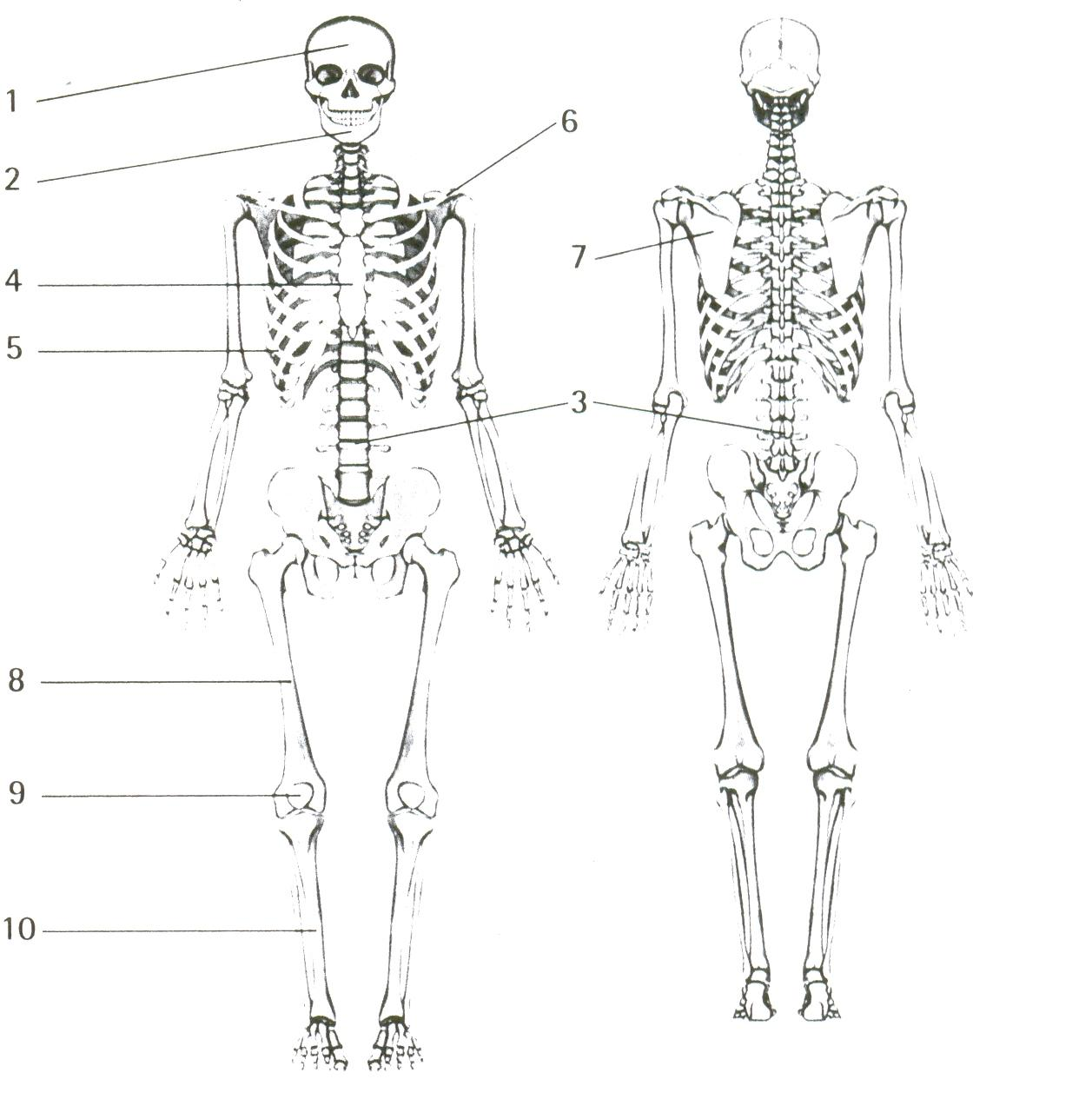
- •Contents
- •Part 1. Reading
- •Unit 1 Introduction. Health and Medicine. Lesson 1
- •Exercises:
- •Match verbs (1-10) with expressions (a-j) to make phrases. Match them with medical specialties.
- •Match methods of treatment (1-8) with the doctor’s recommendations (a-h).
- •Lesson 2
- •1. A) Underline the correct word in bold.
- •Working with the Sick
- •Exercises:
- •Exercises:
- •Lesson 2
- •Exercises:
- •Unit 3 Allied Health Professionals
- •Exercises:
- •Unit 4 Medical Education Lesson 1
- •Vocational Studies and Clinical Skills
- •Exercises:
- •L esson 2
- •Exercises:
- •Unit 5 Hospitals Lesson 1
- •Introduction to a hospital
- •Inpatients
- •Exercises:
- •Information for outpatients
- •Unit 6 Primary Care Lesson 1
- •Exercises:
- •Unit 7 Blood l esson 1
- •Exercises:
- •U nit 8 Bones
- •Exercises:
- •Unit 9 Childhood
- •Exercise:
- •Smallpox
- •Unit 10 The Endocrine System
- •Exercises:
- •Unit 11 The Heart and Circulation
- •Exercises:
- •Unit 12 Basic investigations
- •Exercise:
- •Exercise:
- •Exercise:
- •Unit 13 X-rays and ct
- •Exercises:
- •Exercises:
- •Unit 15 ecg
- •Exercises:
- •Unit 16 Treatment Lesson 1 Medical Treatment
- •Exercises:
- •Instruments
- •Exercises:
- •U nit 17 Therapies
- •Exercises:
- •Immunization for travelers
- •Exercises:
- •Unit 19 Epidemiology
- •Incidence and prevalence
- •Exercises:
- •Exercises:
- •Unit 21 Research Studies
- •Variables
- •Exercises:
- •1. Complete the table.
- •Exercises:
- •Exercises:
- •L esson 3
- •Exercises:
- •L esson 4
- •Exercises:
- •Review of Systems.
- •Unit 23 Explaining Diagnosis and Discussing Treatment
- •Exercises:
- •L esson 2
- •Exercises:
- •U nit 24 Data Presentation
- •Exercises:
- •Introduction
- •Exercises:
- •Part II Lexical Exercises Parts of the body
- •A picture of health
- •Fill in the blanks. The first letter of each missing word has been given.
- •Part III Speaking and Discussion Transplant Surgery Who gets a heart?
- •Discuss
- •Vocabulary:
- •Euthanasia
- •Reading
- •Answer the questions:
- •Appendix 1 Medical abbreviations
- •Appendix 2 Symptoms and pain
- •Appendix 3 Active vocabulary
- •Список литературы:
Exercises:
1. Label the diagram using words from the box. Look at A to help you.
breastbone collarbone jaw bone kneecap rib shinbone shoulder blade skull spine thigh bone |

2. Match the types of fractures (1-5) with the description (a-e). Look at B to help you.
1. open
2. comminuted
3. displaced
4. greenstick
5. impacted
a There is a break in the skin.
b The bone is bent. It occurs mainly in children.
c The bone is broken into several pieces.
d The broken pieces are separated.
e The broken pieces are pushed together.
3. Complete the textbook extract. Look at C to help you.
(1)…………………….a fracture involves trying to return the bones to as near to their original position as possible. If a fracture is allowed to heal in a displaced position the fracture will (2)……………………but it may go on to (3)…………
Unit 9 Childhood
Milestones
Childhood is the period during which a person is a child. Infant is another word for a young child; infancy is the period from birth until about five years of age.
The milestones in a child's development and the ages at which they usually occur are:
Sitting – by months
Crawling – by 12 months
First words – by 18 months
Walking – by 18 months
Talking – (two-word sentences) – by 3 years.
Common infectious diseases. Match the name of the disease with its definition
Disease |
Common name |
|
morbilli /rubeola |
measles |
1. enlarged parotid glands |
rubella |
German measles |
2. difficulty opening the mouth |
varicella |
chickenpox |
3. rash and enlarged posterior occipital nodes |
infectious parotitis |
mumps |
4. paroxysmal cough |
pertussis |
whooping cough |
5. papules and vesicles, first on trunk |
acute laryngotracheitis |
croup |
6. cough and cold followed by rash |
scarlatina |
scarlet fever |
7. sore throat and rash |
rheumatic fever |
rheumatic fever |
8. swollen joints an a heart murmur |
tetanus |
lockjaw |
9. fever followed by muscle weakness |
poliomyelits |
polio |
10. cough with stridor |
papule - папула – пузырек
vesicle - везикула – узелок
chickenpox – ветрянка
stridor – затрудненное, шумное дыхание
parotid – околоушной
коклюш – воспаление гортани, трахеи и бронхов со спастическим кашлем
Exercise:
Put the verbs in the correct past forms.
Smallpox
… that’s history now!
Edward Jenner (1749-1823) 1)……………….. (make) a discovery that 2)……………(change) the course of history. Many people 3) ………………… (die) from smallpox in eighteenth-century England, and for a long time, Jenner 4) …………………(try) to find a cure. Jenner 5) ………………. (live) in the country, and he 6) ………………….. (notice) that the local milkmaids never 7) ……………………. (catch) smallpox. After experimentation, Jenner 8) ………………….. (conclude) that this was because they all 9) …..…………. (suffer) from cowpox at least once in their life and therefore, 10) ……………….. (become) immune to smallpox. Based on these observations, Jenner 11) ……………….. (develop) the method of «vaccination» and in 1798 he 12)…………………… (publish) his findings. In 1853, vaccination 13) ………………….. (be) compulsory in Britain and in 1980 it was declared by the World Health Assembly that smallpox 14)……………………… (be/eradicated) throughout the world.
